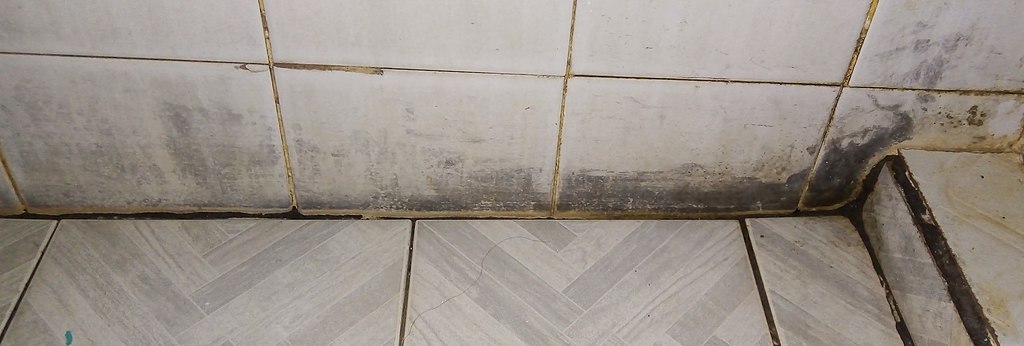How to prevent mould in flats
Mould is a type of fungus that can grows in moist, humid environments. While most is relatively harmless, some types of mould in flats can cause a variety of health problems, including respiratory infections, allergies, and skin irritation. Unchecked, mould growth also can damage decorations and your belongings.

The key way to prevent mould growth in flats is to keep humidity levels low. In a well-maintained flat, most of the damp will come from warm, moist air from normal activities condensing on cold walls. The ideal indoors humidity level is between 30% and 50% (you can get a get a humidity meter for just a few pounds). Keeping it in this range will pretty much stop mould growth. So how do you do that?
- Have good ventilation. Use the trickle vents on most modern windows, use extractor fans, or have a window you leave locked partly open, especially in kitchen or bathroom. Regularly open windows or doors for 30 minutes or so, even in winter, to let fresh air in. You can also use fans to help circulate the air.
- Increase ventilation at critical moments. Showers and cooking create lots of humidity, so use extractors or open a window. at these times.
- Dry wet surfaces. After you shower, take a few minutes to dry the shower walls and floor. You should also dry wet clothes and towels as soon as possible.
- Avoid drying clothes inside. Where possible use an outside washing line or balcony for drying clothes. If you have to dry them inside, ensure you leave a couple of windows open to provide air circulation.
- Keep the temperature up. Try to keep your flat at least at 18 degrees most of the time. Cold walls cause water to condense out of the air, creating an ideal growth area for mould.
- Have good air circulation. Avoid placing furniture or storage directly touching exterior walls. Have slight gap allowing air to circulate. If it’s hard to get an air current moving due to the layout consider having a fan.
- Clean any mould regularly. Even with all this, some mould will tend to grow in damp spots, such as a round the shower tray. Clean it regularly with a diluted bleach or proprietary mould killer to prevent it spreading.
- Use a dehumidifier. An electric or chemical dehumidifier can help reduce humidity and mould, but they have a cost to run..
- Avoid overcrowding. Just breathing creates a significant amount of humidity – if you have four adults in a small room you will need to drastically increase ventilation
How do I know if the mould is caused by condensation?
Mould from condensation tends to appear in on exterior walls especially in kitchens and bathrooms, and in places where there’s a poor airflow – the corners of rooms, behind curtains, on windowsills and similar. But damp from other causes can also trigger mould growth:
- Damp appearing on ceilings may indicate a roof leak or a leak in the flat above. Roof leaks often become evident in heavy rain, when running water can be seen, while those from an upstairs property will get worse at certain times, such as when the shower is used. It will often make its way through light and electrical fittings, causing shorts and power trips. Report this to your landlord immediately, as they tend to get worse and can do a lot of damage.
- Mould growth in kitchen cabinets, bathroom cabinets or on floors often indicates a plumbing problem. This could be a leak in a water or waste pipe. Feel the pipes with dry hands – they should feel cold, but not wet. Any water indicates a leak – it’s often at a joint. Ask your landlord to get a plumber to check, although in the short term you can buy emergency repair tape or putty designed to create a temporary patch.
- Mould around skirtings in bathrooms (or kitchens). This may indicate you are leaving too much water on the floor after bathing or washing-up. Ensure the floor is dry, and if needed use a towel to mop it up. If you have a shower, check the shower curtain is not allowing water to escape, or ask your landlord to replace the seals on the bottom of glass shower screens.
While finding mould in flats is not at all uncommon in a relatively cool and damp place like Southampton, hopefully this guide will help you keep it to a minor cleaning need, and not a major problem!

Leave a Reply